Mar 19, 2017
Discussion:
Before you begin using the Arduino IDE, you must first learn how to download, install, and set your preferences. This lesson is specifically tailored for those who use a PC. The next lesson will cover this same topic, but for Mac users.
I'm currently using a Windows 8.1. You are probably running a newer version of Windows. However, the following instructions will be almost identical from one version to the next. If this should ever change, I’ll update this lesson to reflect those changes.
Find the Arduino IDE Download
First, jump on the internet with your favorite browser, and navigate to www.arduino.cc. Look for the tab labeled “Download”.
The page on which you land might look a little different than this. It does change from time to time, but there will always be an obvious tab for Download.
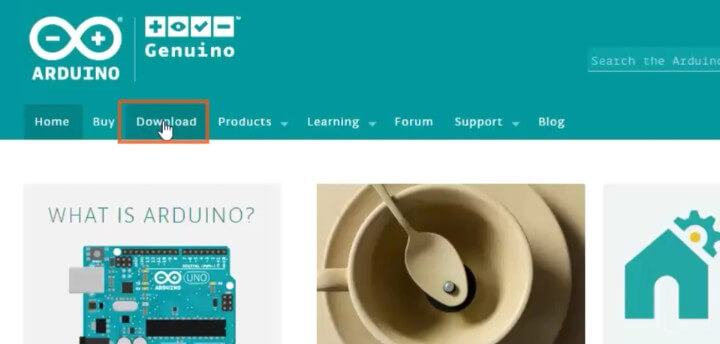
Click on that “Downloads tab”. That will bring you to the “Download the Arduino Software” page.
Once on this page, you have several options. You can download the Windows Installer, or you can download a Windows ZIP file if you are a non-administrator.
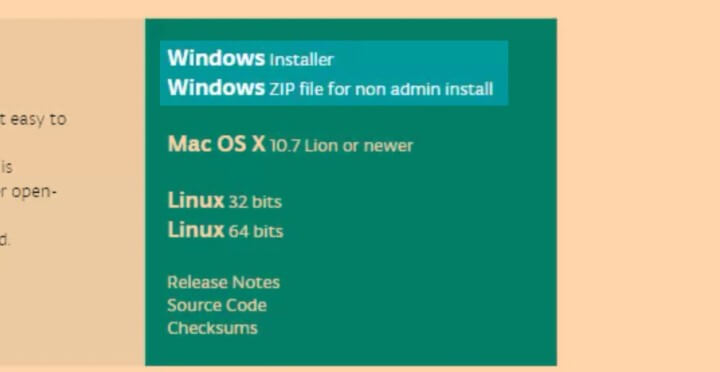
The third option is to get the absolute latest, razor-sharp release of the Arduino IDE. This is found in the section labeled “Hourly Builds”.
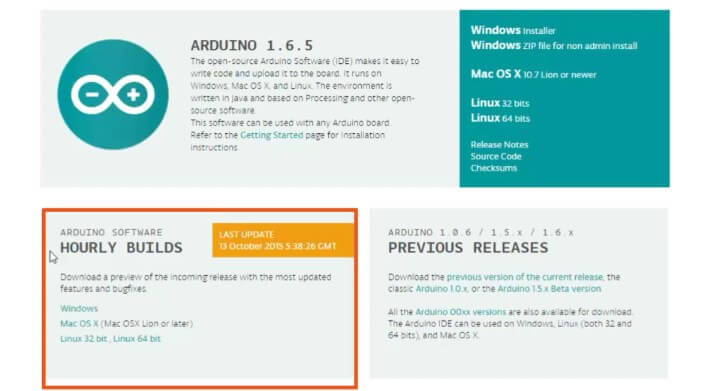
If you want the most recent update, you can download from this section. But this is just as the name implies. The information here can be updated as often as hourly, and may not be as stable as an official public release.
Therefore, in this lesson, I will demonstrate the Windows Installer. This is the best route to go in almost any case. It’s rare that another option is better.
Download and Install
When you click on the “Windows Installer” link, it takes you to a contributions page. It’s completely up to you if you want to contribute to the Arduino cause.
It is a great idea if you do. However, since this is simply a demonstration, I'm just going to choose download.
Next, a popup window opens so that you can direct where to save the ZIP file. It really doesn't matter where you save it.
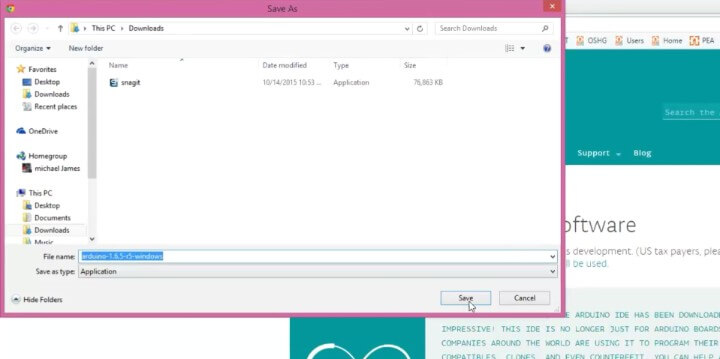
I'm going to save it to my downloads folder. It will then immediately start to download.
It’s not a big file. It’s around 77.7 Megabytes for this current release. I have just an everyday, run of the mill cable internet connection, and yet it still doesn’t take very long to download.
Once the file is done downloading, double click the executable file. This will open a couple of popup windows.
The first one is dependent upon whether or not you already have a older version of Arduino installed.
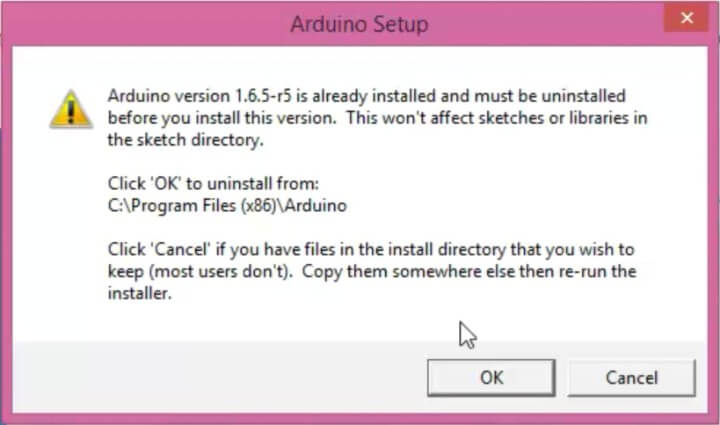
If you already have an older version of Arduino installed, it will ask if you want to first uninstall the older version before continuing the download of the newer version.
My recommendation is to select “Ok” to uninstall the older version. It will not harm anything or delete any work you have done.
It simply gets rid of the older Arduino IDE, not your sketch folder. If you don't know what that means, it’s not important. Just know that you will not lose anything if you uninstall.
Next, it will run through the uninstallation process. Once completed, click “Ok”. Then, close the uninstall box.
Afterwards, agree to the new license, which is just like any other license that basically says you owe Arduino your children. The popup window then asks you to set a few installation options. Just leave all these checked.
Finally, you select the install location. I personally put it into my programs folder. Once you click “Install”, it will start extracting.
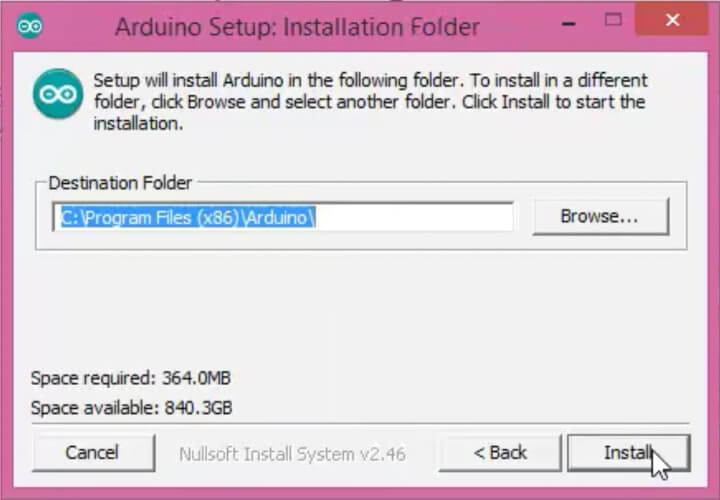
That's really it for the installation. It does take a little longer than you might expect - maybe a minute or two to install the whole package.
Set Preferences for Arduino IDE
Once installed, open the Arduino IDE. You can either use the desktop icon or go to your programs folder to use the icon there.
We're going to set some Preferences. Go to “File” and then “Preferences”.
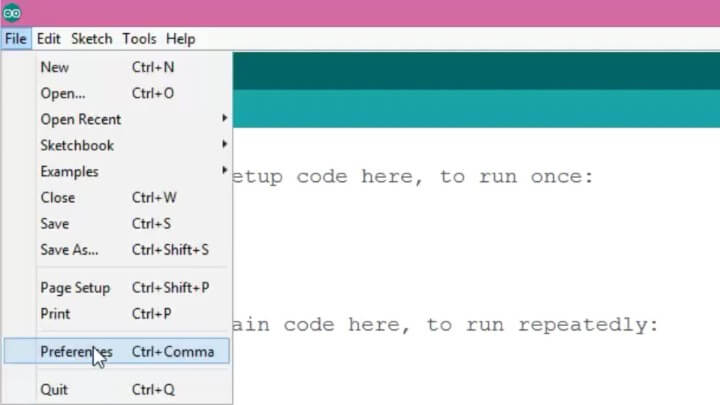
Probably the most important thing to look at is the first line that comes up - the Sketchbook location.
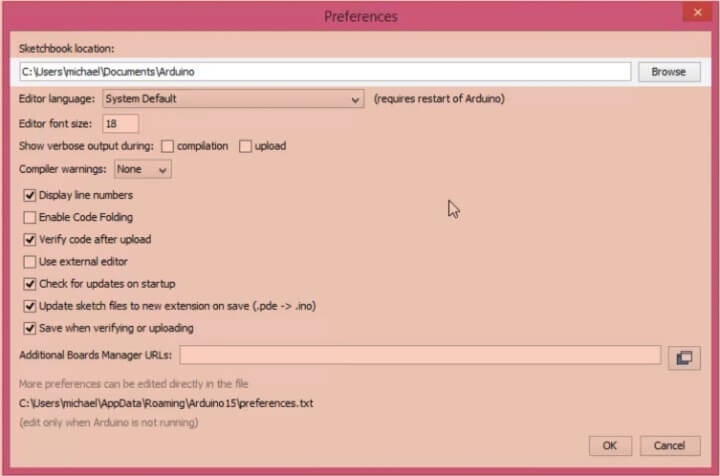
When we write a program in the Arduino IDE, it's called a sketch. All sketches are saved within a Sketchbook.
The Sketchbook is a folder where you can to keep all of your work. The default location is usually under Users\The User’s Name\Documents\ and then a folder created that is named Arduino.
If yours does not look like this, or if you would prefer the Sketchbook folder be in a different place, you can browse to select a different location.
I would definitely recommend using a folder named Arduino. This default location has always worked pretty well for me.
The next preference to set is the editor language. You can pick from a bunch of different languages. I'm using English, obviously.
Another setting is editor font size. The default is 12, but I prefer a larger font. Font size 18 works very well for me.
Be aware that sometimes if you make the font too big, you'll see that one line actually gets written over top of the other. Therefore, you might have to play around with font to find your optimal size.
There are a few other things that I think are good to set in preferences. One is whether or not to display the line numbers.

I suggest you check the box for this. This means that each line of your program, or sketch, will be displayed on the left side of the Arduino IDE.
Another preferences I suggest you choose is to verify the code after upload. This won't mean anything to you now, but you’ll see later why this it’s an excellent idea to check this feature.
The next setting I usually choose is to check for updates on startup. This is not imperative. You can check or uncheck this box depending upon your own personal taste.
It depends on whether or not you want to stay with the same current version the whole time. If you just want the most updated version, you can keep that box checked.
I do recommend, however, keeping the “Update sketch files to new extension” checked.
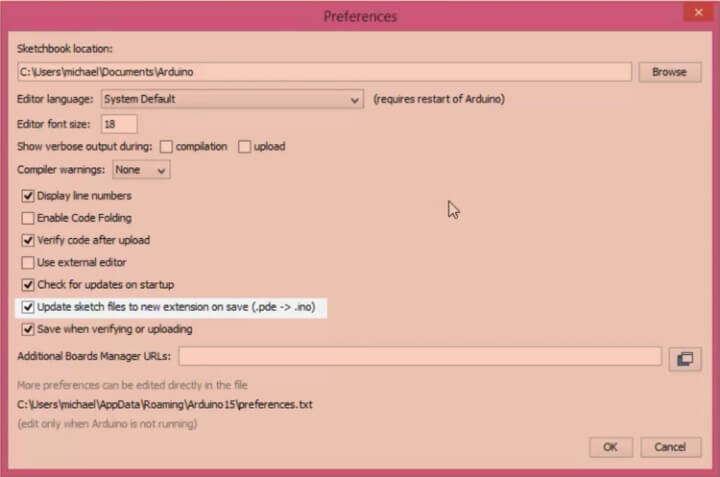
Basically, this means that whenever you open an Arduino file, it ensure that if the file doesn’t have the proper extension, then that file will automatically be converted to .ino.
Arduino files used to have a .pde extension. However, now they are .ino files. That’s why it’s handy to keep this option active.
Finally, I think having the last preference chosen is a good idea. That setting is to save the file when you are verifying or uploading.
Again, we'll talk about verifying and uploading in depth in later lessons, but just take my word for now that it is always good practice to save as frequently as possible.
Going Old School
Not all versions are the same. It could be that maybe you prefer the look and feel of a previous version. Or maybe you’re just really familiar with and used to working within the framework of a certain version.
If you prefer to download and use a previous version of Arduino, never fear. We have a solution for you that like to go old school.
On the Arduino website for downloads, look to the bottom right panel. There is the section for previous releases.
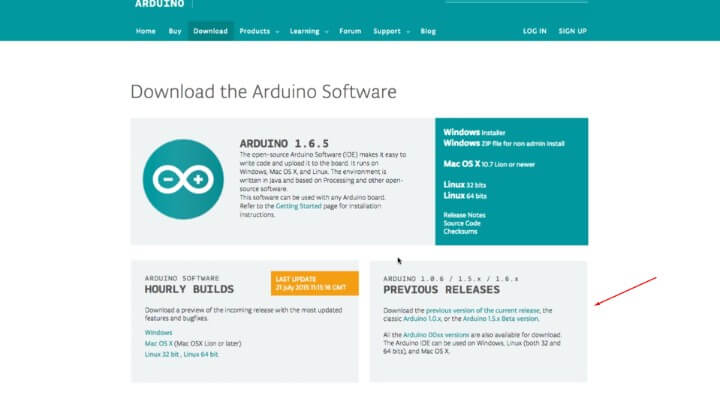
Clicking that will show you a list of all previous releases for each type of operating system, along with the date they were released. Click which you prefer, and from there downloading is the exact same process as before.
Again, this lesson applies to those who own PCs. The next lesson explains this same download, installation, and preference concept, except it is for those that work on a Mac.